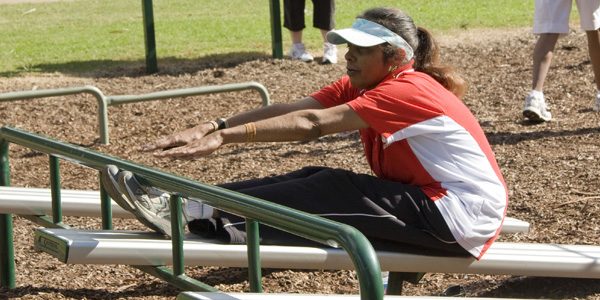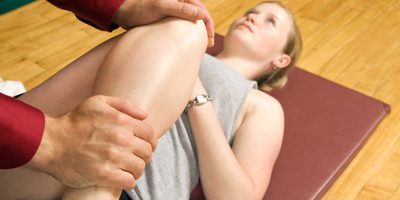
Top physiotherapy myths revealed
The top five physiotherapy myths have been publicly busted by the world’s largest physiotherapy clinical research website, which has examined common misconceptions and linked them to robust evidence that disproves these ideas.
The website, the Physiotherapy Evidence Database (PEDro) is based at The George Institute for Global Health and indexes reports of more than 28,000 guidelines, trials and reviews. It is used by thousands of physiotherapists and others interested in rehabilitation in more than 200 countries, and sees its 15th anniversary in October 2014.
PEDro Manager Anne Moseley, of The George Institute for Global Health and The University of Sydney, said the top five myths were:
- The type of mattress you sleep on prevents back pain. “Almost 80 per cent of people suffer from back pain at some point in their lives. But no high-quality clinical research has been undertaken to answer the question around whether a particular type of mattress will prevent back pain. Any suggestions to the contrary are likely to be marketing tools.”
- Stretching prevents injury and muscle soreness in recreational runners. “Millions of people around the world get their exercise from running. We’re often told we should warm up with stretches before we start, or stretch after we finish. But reviews have proved that this makes no difference to muscle soreness or injury prevention. ”
- You should wear a neck brace if you have a whiplash neck injury. “No, these don't aid recovery. Whiplash occurs in around 60 per cent of road accidents. We sometimes see celebrities and others wearing a neck brace after suffering whiplash, but these neck braces do not make any difference to recovery from whiplash.”
- Ultrasound enhances recovery after ankle sprain. “Ankle sprains are the most common sports injury. There are many websites stating that ultrasound may aid ankle sprain recovery, but high quality clinical research has proved this is not true. Ankle sprains get better pretty quickly, regardless of intervention using ultrasound.”
- Incentive spirometry, a device into which patients blow to help them take deep breaths, prevents complications in those undergoing upper abdominal surgery or cardiac surgery. “Given that abdominal and cardiac surgery are common, this means that many hundreds of thousands of patients are being given these devices and told their use will aid in recovery. We can pinpoint robust and major clinical research proving that it doesn’t work. We are surprised that medical specialists still use interventions that not only are unsupported by evidence, but evidence exists to show this doesn’t work.”
Dr Moseley said: “These myths affect most of us or those we know.
“There are downsides to just letting these myths live on. Spending time and money on treatment that does not work often means that people miss out on the things that would improve their health. So they suffer more than they need to. That is the value in seeing a physiotherapist who can use the evidence in PEDro to help you make wise choices in this area.
“We think the top three are so common and widespread it is almost as though they have become fact. The fourth and fifth are more commonly believed among medical professionals.”
Patients should consult their doctor before making any changes to treatment.


